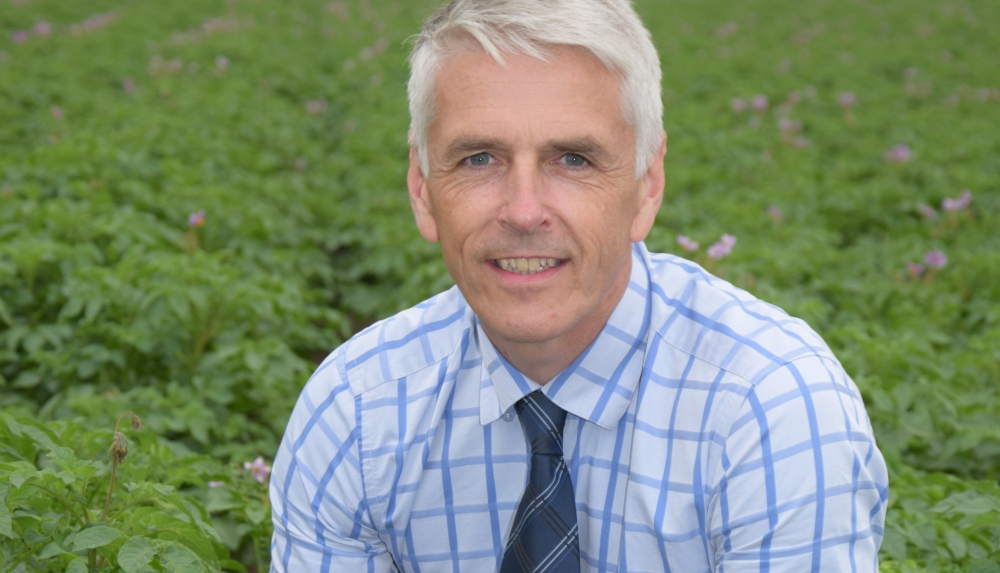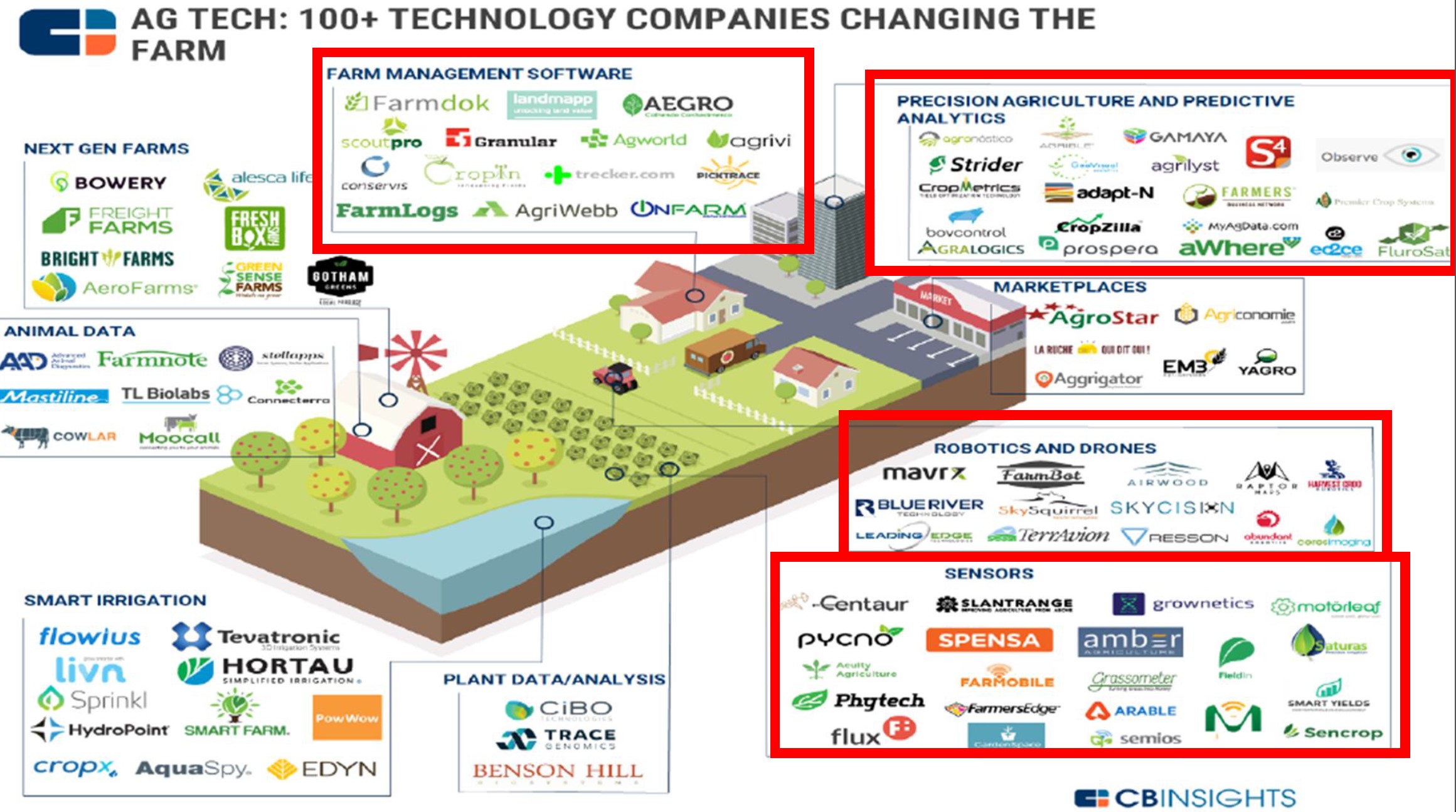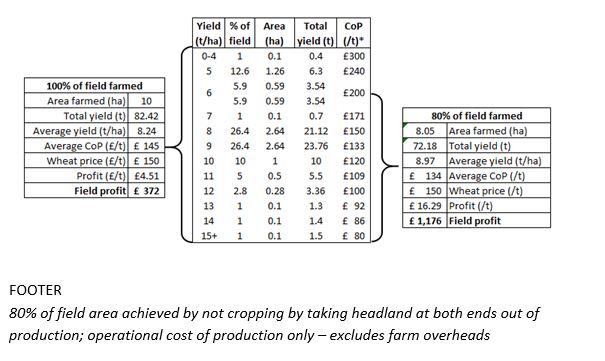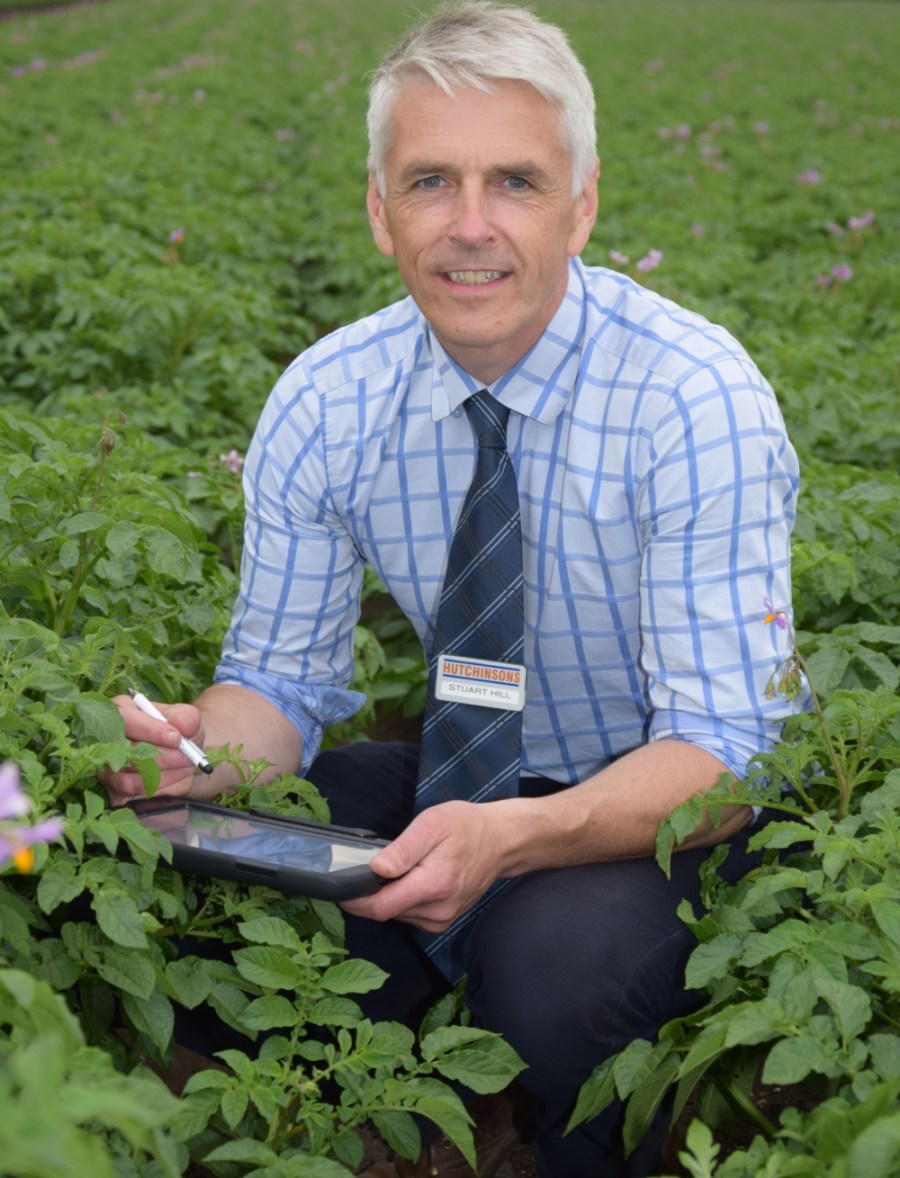
Novel technologies are being put into field trials to assess their value for growers. CPM finds out what it aims to achieve and gets an insight from the host of the project’s Technology Development Farm.
We have the opportunity to take the lead, link knowledge with the innovation and deliver sustainable farming solutions.
By Tom Allen-Stevens
Hutchinsons has launched an ambitious initiative to evaluate a plethora of novel technologies, to understand how they can be of value to agriculture. The Helix project will put innovative tools, such as data analytics services, sensors, autonomy and robotics to the test in real-farming situations in a similar way to how the agronomy group currently assesses crop protection and nutrition products.
“There’s a lot of science being directed towards agriculture, and those developing this area want direct contact with growers, but there seems to be a trend for omitting the agronomist and they are direct link for many growers,” says Hutchinsons head of technology and innovation Stuart Hill.

There are more than a hundred new technology companies starting up in agriculture that are bringing a plethora of products to change the face of farming
“We’re being exposed to a plethora of technologies such as data analytics, climate, machine learning, sensors, monitoring, detection systems, autonomy and robotics. But there’s a need to evaluate which of these are relevant and ultimately increase productivity and profitability, as well as efficiency, both for the grower and the agronomist.”
And it’s the agronomist that lies at the heart of the Helix project – Stuart believes the current agronomist and grower relationship will evolve as farming balances the twin challenges of profitability and environmental sustainability over the next ten years.
“The agronomist is not someone who will just be walking the fields. Here is the chance to be much more strategic and efficient. We have the opportunity to take the lead, link knowledge with the innovation and deliver sustainable farming solutions.”
Focusing on key areas of innovation and technology, the Helix project will act as a central research hub bringing together all aspects of crop production through to field data and input measurement. Several project areas have been identified, three of which are highlighted so far. Within these, the relevant technologies will be assessed and developed.
The outcomes will come to the grower mainly through Hutchinsons digital platform Omnia, continues Stuart. “Growers and agronomists want simplicity, so linking of technologies and knowledge will lead to decision making through a one-hub system approach.”
Collaboration will be a key aspect of the Helix project – an innovation strategy group steers it with a project development team. Agronomists will receive advanced training to ensure the fruits of the project are rolled out on farm. And the testbed for this is the Helix Technology Development Farm, hosted by Andrew and William Pitts at Mears Ashby and Whiston in Northants.
“The fourth agricultural revolution is here, now,” says Andrew. “The question is how we ensure the technologies we’re exposed to are relevant, applicable and straightforward to use so that they bring positive change.”
The mainly arable farm runs across 690ha. It’s always been a core aim for the business to make the best use of new technology, and Andrew already runs a number of on-farm trials to develop novel ideas. These are not just for the benefit of the business – he conducts farm tours and hosts open days, inviting Government and other key influencers to see how policy shapes up on an arable farm.
For him, the main two challenges for progressive farmers are improving profitability in an ever-changing world and fighting the whims of single-issue pressure groups and politicians. “I want to grow old disgracefully, and I need to be profitable to do that.”
Already an Omnia user, Andrew has generated cost of production maps of fields, then looked in detail at how overall profitability can be improved by taking areas out of production. “To really make the most of it, we need to be paid to deliver environmental public goods on those areas. Then we need to shift the remaining lower-yielding areas of the field into high productivity. That’s what I hope the Helix project will help with,” he says.
“We have a seven-year clock before subsidies go and we should use that time to build up a useful knowledge base that will deliver the sustainable farming gains.”
Andrew agrees with the concept of combining agronomy with sensor technology and knowledge and delivering it through one central hub. “There should be one system that links everything together. I never like doing anything twice and hate double-entry. You should be able to press a button and it’s done. Omnia seems to be the logical delivery route for this.”
Working alongside Andrew and William are Hutchinsons agronomists James MacWilliam and Michael Shemilt. Michael is the ‘pilot’ agronomist of the future, testing and managing technologies with the farm to understand how they will work and their value in the farm-scale situation.
Work has already begun on the farm on areas such as climate and pest prediction, nutrition technology, variety trait work and environmental sustainability.
“We’ll aim to demonstrate these technologies by various means and not just the traditional farm open days,” says Stuart. “After all, this is about use and benefit of innovation, so technology will be used to demonstrate it.“
Cost of production (CoP) analysis for 10ha field at Mears Ashby

The three bits of Helix
The Helix project will focus on three key project areas to start with that will align new and old technologies, evolving and developing these to improve crop management decisions. More projects will become apparent during 2019.
Project Predict and Justify aims to predict and monitor risk analysis with regards to disease, pests, crop growth and lodging risk. It’s designed to help growers identify and understand where there’s risk and to help justify farm decisions. Sensors and prediction software will be used to forecast risk and model outcomes. BYDV forecasting may become more field specific with warnings coming before threshold levels are reached.
Project Environmental Sustainability encapsulates a sustainable farm business. Hutchinsons is working with the University of East Anglia, for example, to develop technology to enable mapping of pollination species in appropriate locations and timings on farm. This could be used with the Omnia in-field profitability tool to identify areas to take out of production, inform suitable management for reversion habitats, then monitor progress.
Project Nutrition is probably the most ambitious one of the three. It aims to develop remote, automated and rapid turn-around technologies for soil and tissue testing to deliver live analysis, alongside developing knowledge. It’ll field-test SporSenZ units from Rothamsted start-up FungiAlert, that monitor fungal pathogens present in crops. There’s also a novel soil-scanning technique under test that’ll generate high resolution maps of macro and micro soil nutrient levels, as well as physical properties.
Growers seek a paperless, autonomous, more profitable future
A recent Hutchinsons grower survey has identified the key concerns for farming businesses over the next 10 years.
Conducted by Hutchinsons agronomists, including Andrew Goodinson from Herefordshire, respondents identified that their main business challenges as profitability, agronomics, staffing and technology.
“It was certainly clear when talking to growers that they felt that they would need to develop a stable business not reliant on subsidies using existing resources, and to do this they would need to become more efficient through greater attention to detail,” says Andrew.
“They felt that future technologies such as satellite images as well as the use of diagnostic tools would become increasingly common, and that variable rate applications would become the norm. This was alongside the need to harmonise different systems to have a paperless recording base.
“In order to do this, farmers would expect agronomists of the future to have wider access to information and solutions, become data interpreters, less field walkers and be ahead of the game in terms of skills and technology developments.”




